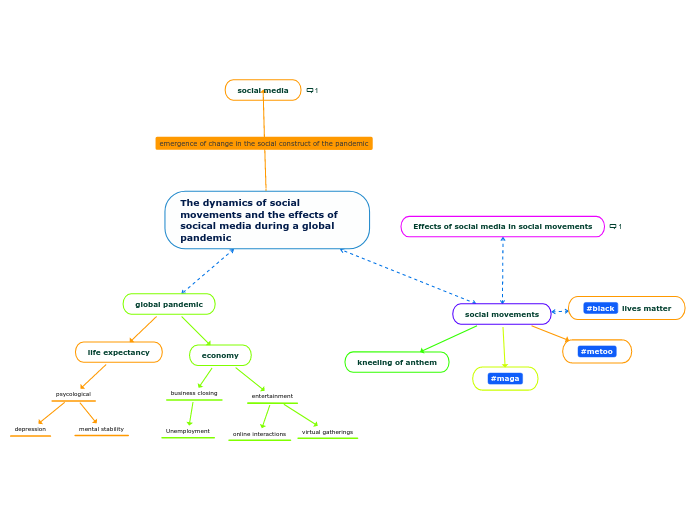Step Two: Candidates of Election
In order to vote for a particular candidate running for president, you must first decide which party to support for. You can find each party's party platform and goals on their websites and match the one that best fits your own.
After deciding which party to support, then you can check the candidates running for that party and pick a candidate that has a similar ideology as yours, and/or who you think will be the best person to lead the country.
2016 Republican Party Candidate: Donald Trump's Stances on Issues
“I try and pay as little tax as possible, because I hate what they do with my tax money. I hate the way they spend our money.” (But then he also said.) “I know people making a tremendous amount of money and paying virtually no taxes, and I think it's unfair.”
“As has been stated continuously in the press, people are pouring across our borders unabated. Public reports routinely state great amounts of crime are being committed by illegal immigrants. This must be stopped and it must be stopped now.”
IMMAGRATION
“I'm a tremendous believer in education, but education has to be at a local level. We cannot have the bureaucrats in Washington telling you how to manage your child's education.”
2016 Democratic Party Candidate: Bernie Sander's Stances on Issues
"As president, I will fight for comprehensive immigration reform that provides a roadmap to citizenship for the 11 million aspiring Americans living in this country. But I will not wait for Congress to act. I will take executive action to accomplish what Congress has failed to do and build upon President Obama’s executive orders to unite families."
"The wealthy and large corporations must pay their fair share. As president, I will stop corporations from shifting profits and jobs overseas to avoid paying taxes. I will tax Wall St. speculators who caused millions their jobs, homes, and life savings. I will tell the billionaire class: You can’t have it all while kids in this country go hungry."
"As President, I will: make tuition free at public colleges and universities, lower student loan interest rates for current and future borrowers, ensure all children have access to a quality education by fighting to ensure equal access to educational resources, and make childcare and pre-K universal and affordable."
2016 Democratic Party Candidate: Hillary Clinton's Stances on Issues
"As president, I'll work to ensure every child—from every ZIP code—has access to a world-class education, including access to high-quality preschool. We need to strike the right balance on testing—with fewer, fairer and better tests for elementary and secondary school students. And we must support teachers with the training and resources they need."
EDUCATION
"The wealthiest pay too little in taxes while the middle class needs more relief. I'm going to fix that. I’ll close corporate tax loopholes and make sure millionaires and billionaires can’t pay lower rates than middle-class families. And I’ll give tax relief to working families who are struggling with costs from college to health care."
TAXES
"We need comprehensive immigration reform with a path to full and equal citizenship. If Congress won't act, I'll defend President Obama’s executive actions—and I'll go even further to keep families together. I'll end family detention, close private immigrant detention centers, and help more eligible people become naturalized."
IMMIGRATION
Democratic Party Website and Party Platform
Republican Party Website and Party Platform
Campaign Finance
Presidential Candidates can receive campaign contributions through super PACs, political action committees (PACs), hard money, and by other various sources.
Alongside PACs and super PACs which raise money for presidential candidates, there are also interest groups and organizations that support for these candidates on both parties.
An example of a conservative organization is Citizens United.
One example of a liberal interest group is the National Organization for Women (NOW).
The Road to the National Convention
1. Decide and announce to run for office.
2. Attend your party's primary or caucus.
3. Delegates vote for nominees for the president and the vice president and write the party platform.
4. Run in the general election.
5. Win the electoral college (a majority of 270 electoral votes is required to be elected as the president).
6. Presidential inauguration and take an oath of office.
Andrew Lin and Ritesh Prusty's Guide to Voting and the Presidential Election of 2016
Step One: Political Participation
Everyone's vote impacts the election. Many say that the electoral college makes individual votes insubstantial; however, what if everyone had the same thought that their vote didn’t matter? Then no one would vote, and suddenly we can see that your vote may not have a huge impact, but it matters.
You can still get involved in a campaign even if you do not meet the age requirement. With the help of the Internet and mass media, teenagers can sign online petitions for an issue without even stepping your feet outside the house.
Minors can help to influence campaigns and presidential elections by donating money, joining local grassroots groups, going door to door encouraging neighbors to vote, or something as simple as joining presidential mailing lists.
To register to vote in Georgia, you must complete a State of Georgia Application for voter registration. In order to vote in a different state or in Washington, D.C., make sure to check accordingly with all the requirements that apply. You can find all the necessary information on each states' (and Washington D.C.'s) websites regarding voter registration.
Step 3: Election of 2016
The media plays a big role in elections. It sets a public agenda, serves as the gatekeeper, tracking how well the candidates are doing, etc.
The electoral college is made up of 538 electors who cast votes to decide the President and Vice President of the United States. When voters go to the polls on Tuesday, they will be choosing which candidate receives their state’s electors. The candidate who receives a majority of electoral votes (270) wins the presidency. The number 538 is the sum of the nation’s 435 Representatives, 100 Senators, and 3 electors given to the District of Columbia.
Election results can affect the government. After the winning candidate is elected for office, he/she has a mandate from the people to carry out his/her platforms and politics according to the mandate theory of election.
2016 Battleground States
Different demographics tend to vote for candidates of different parties. For example, people who have higher income and a higher degree in education tend to vote for the candidates of the Republican Party while people with lower income and a lower degree of education tend to vote for the candidates of the democratic party.
2016 Voter Demographics
During each party's national convention, the nominees for the president and the vice president are elected and the party platforms are also developed.
Republican Party 2016 National Convention
Democratic Party 2016 National Convention









